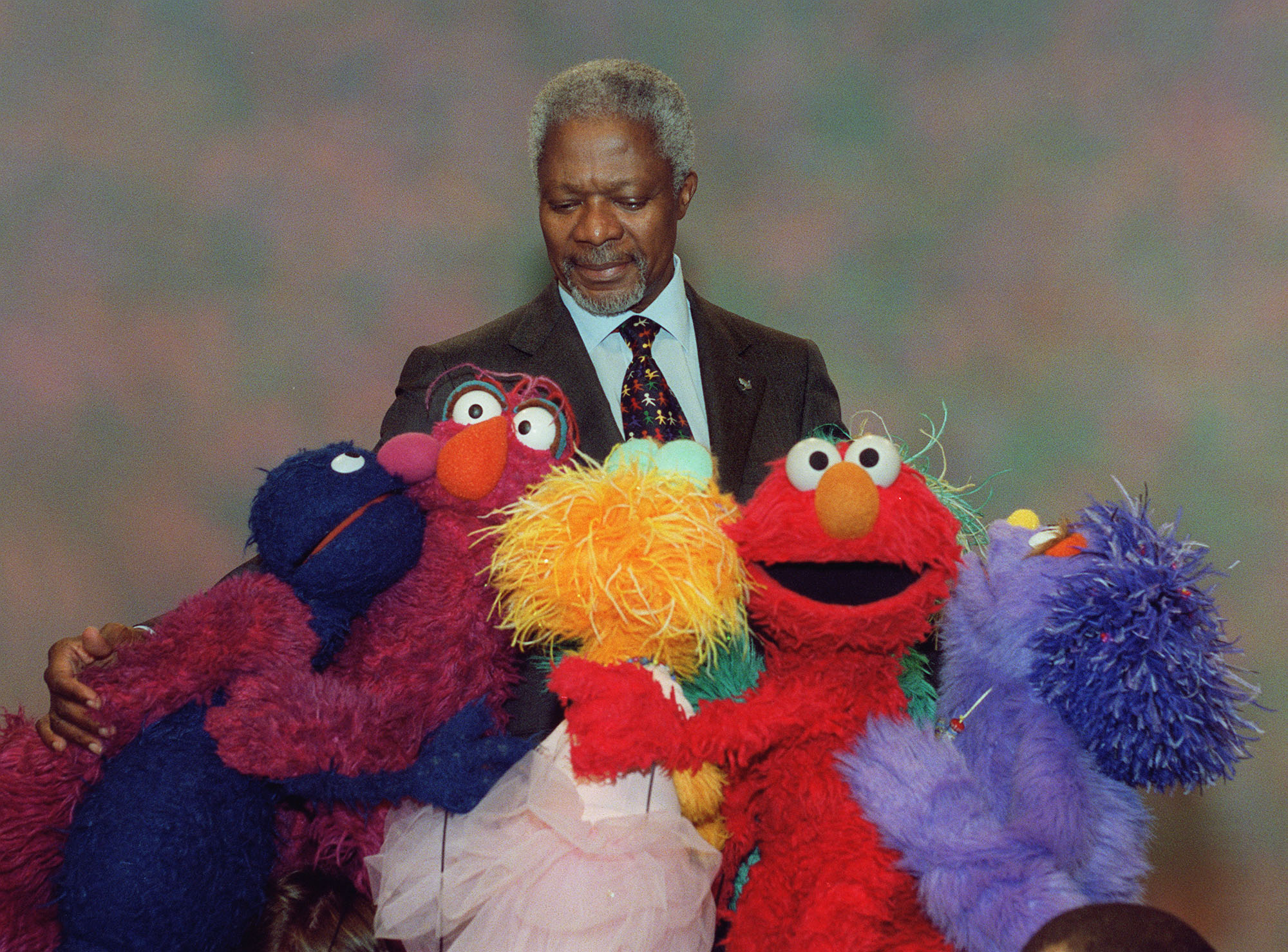
PBS has found an unlikely ally in its fight to save its funding from a plan to send it to the military: a military general.
Stanley McChrystal, the former commander of Joint Special Operations Command, writes in the New York Times today that the network and the military share a joint task: keeping us safe.
“Education, trusted institutions and civil discourse are the lifeblood of a great nation,” he writes.
Trust among Americans and for many of our institutions is at its lowest levels in generations, and stereotyping and prejudice have become substitutes for knowing and understanding one another as individuals.
How Americans restore trust may be an existential question for our country, then, but it’s ultimately a practical one, and our elected officials should advance ideas not with lamentations but with practical measures.
I’ve seen articles that say PBS and its member stations are ranked first in public trust among nationally known institutions. Why then would we degrade or destroy an institution that binds us together?
McChrystal calls picking between the military and PBS a “false choice.”
“We need to defend against weaknesses within and enemies without, using the tools of civil society and hard power. We don’t have to pick one over the other,” he writes.
Meanwhile, a doctor and expert on public health suggests arts funding is a prescription for health.
Sandro Galea, writing on WBUR’s Cognoscenti blog, strikes a theme somewhat similar to McChrystal: The arts are necessary to establish empathy and common reference points among a divided nation.
In the 19th century, art played a key role in reforming the often unhealthy conditions of cities during the Industrial Revolution. The overcrowded, unsanitary reality of urban spaces provided a rich subject for poets, writers, and painters, many of whom expressed concern for marginalized populations, such as children and the working poor.
The plight of these groups, and the broader conditions of the period, inspired reforms like the Public Health Act of 1848; they also inspired the work of Charles Dickens, Joseph Turner, and William Blake, among other artists. Dickens, in novels like “David Copperfield” and “Oliver Twist,” created unforgettable portraits of how the Industrial Revolution undermined the wellbeing of children and the poor.
This work, which helped foster public sympathy for the less-well-off, was of a piece with Dickens’s lifelong social activism. The lives of the marginalized were also dramatized by Blake, notably in his “Chimney Sweeper” poems. The fast-paced, rapidly urbanizing England of Dickens and Blake was also brought to life on Turner’s canvases, which continue to thrill art lovers to this day.
Art generates awareness of public issues, he writes, pointing to the AIDS crisis as but one example.
“Art has the unique power to make abstract social, economic and environmental conditions of health resonate in ways that the straight facts about them might not,” Galea concludes.
Related public media: Why public broadcasters need editorial freedom from their overlords (Columbia Journalism Review)
